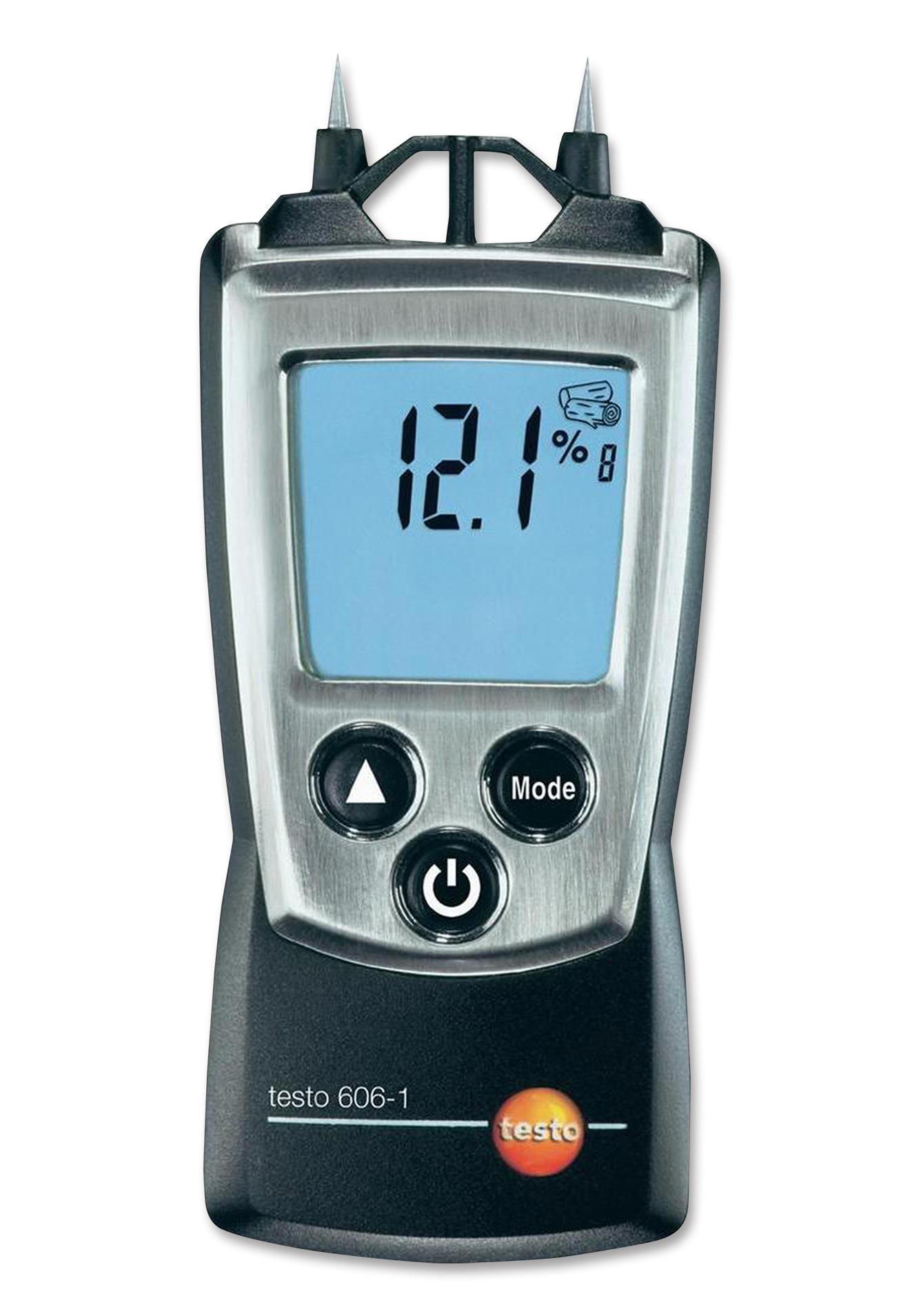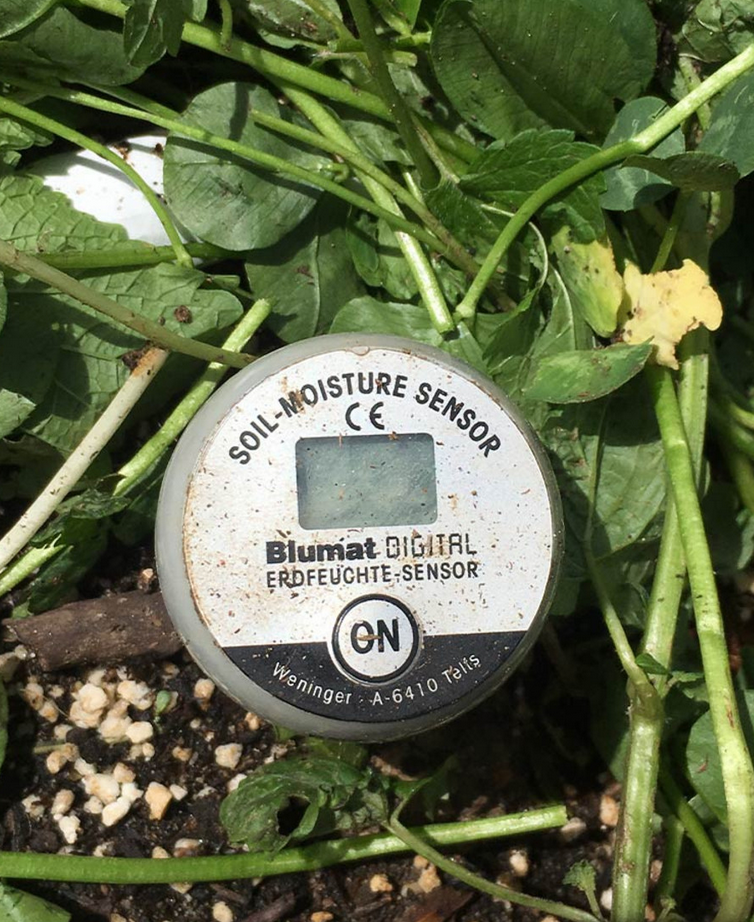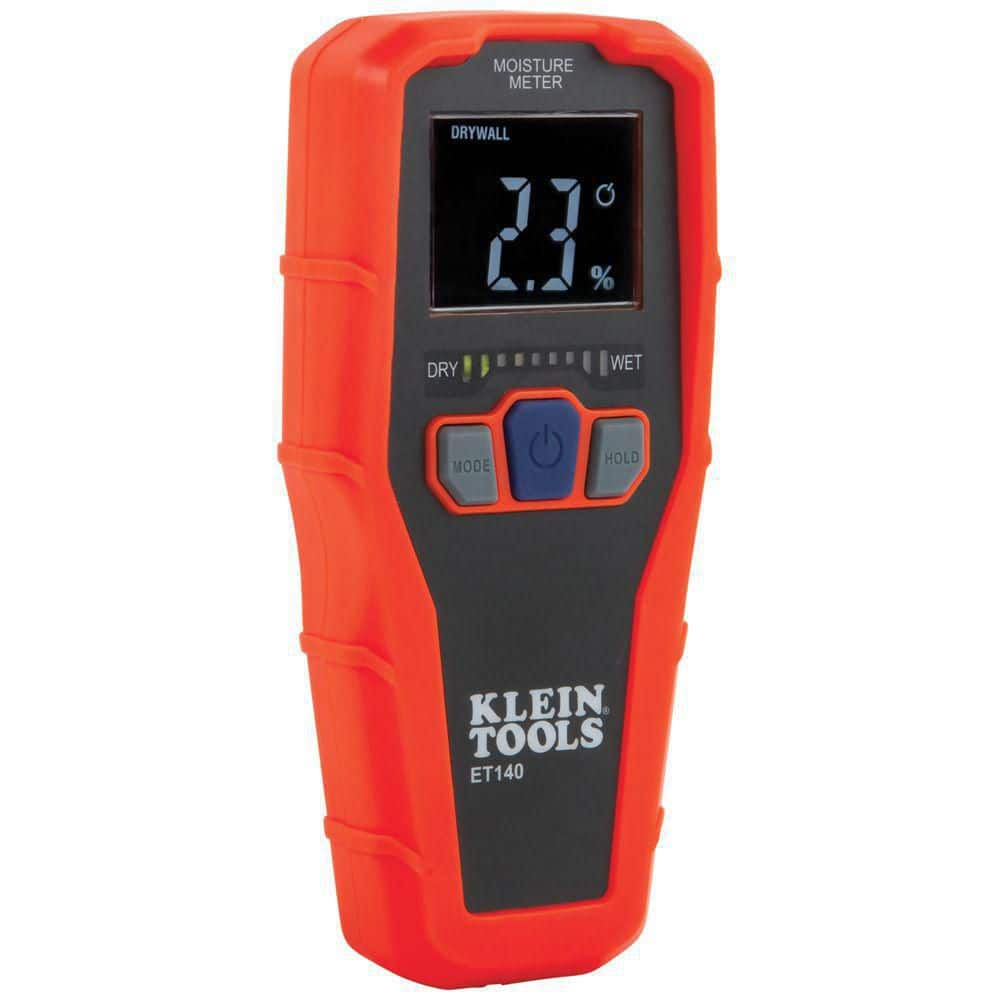Recognizing the Relevance of a Moisture Meter in Protecting Against Mold and Water Damages in your house
In the world of home maintenance, the existence of wetness can commonly be a quiet yet formidable opponent, capable of triggering pervasive mold and mildew growth and perilous water damages if left uncontrolled. Understanding the importance of a dampness meter in this battle is not merely a choice however a critical necessity.
Importance of Moisture Detection
Efficient wetness discovery approaches are critical for safeguarding residential or commercial properties and protecting against potential mold growth and water damage. Wetness can permeate right into different building materials, causing architectural problems and carcinogen. By utilizing a moisture meter, homeowner can proactively recognize locations vulnerable to excess wetness, enabling for timely intervention and mitigation strategies.
Moisture meters provide precise analyses of dampness degrees in different materials such as wood, concrete, and drywall. This data assists in determining areas of issue, also in hard-to-reach or hidden locations. Early detection of dampness buildup allows timely repairs or adjustments to stop additional damage.

How Moisture Meters Job
Wetness meters play a critical role in the aggressive recognition of excess moisture, assisting in the prevention of potential mold and mildew development and water damage by giving accurate readings of wetness degrees in different structure materials. These devices function based upon different principles, relying on their type. Moisture Meter. Pin-type dampness meters, for example, have 2 pins that permeate the material to gauge the electrical resistance in between them. When moisture is present, it enhances the material's conductivity, leading to a lower resistance analysis. Pinless wetness meters, on the other hand, use electro-magnetic sensors to check the material without creating damage. These sensors emit electro-magnetic signals that penetrate the product and gauge the dielectric residential properties, indicating dampness content. Some advanced wetness meters pin both incorporate and pinless technologies for detailed dampness discovery. Comprehending how moisture meters function is vital for timely and precise dampness degree assessments, allowing efficient safety nets against mold and water damage.
Finding Early Indication
Upon initial inspection of a residential or commercial property, identifying subtle indications of excess wetness comes to be essential in the early discovery of possible mold growth and water damage. Water spots can signify leakages or infiltration, while peeling paint or wallpaper might be a result of moisture jeopardizing the attachment of these products to the surface area. Additionally, an increase in allergic reaction signs and symptoms or respiratory system issues among occupants may recommend the existence of mold and mildew due to excess dampness.
Stopping Mold And Mildew Development
Recognizing early caution signs of excess moisture within a residential or commercial property not just enables timely you can try here discovery of potential mold and mildew growth and water damage yet likewise offers as a positive action in preventing the expansion of mold and mildew. To effectively protect against mold growth, it is important to address any sources of wetness immediately.
In enhancement to dealing with moisture resources, maintaining interior moisture degrees listed click over here below 60% can considerably prevent mold growth. Proper air flow, adequate insulation, and using air conditioners or fans can help manage indoor moisture degrees. Monitoring dampness levels in locations vulnerable to wetness, such as cellars and creep spaces, using a moisture meter can additionally assist in very early discovery of raised dampness degrees and prospective mold growth. By taking positive steps to stop excess moisture and mold growth, homeowners can safeguard their home and indoor air quality.
Advantages of Routine Tracking
Normal surveillance of moisture levels in a residential property can play an important duty in keeping a healthy and balanced interior setting and avoiding prospective mold and water damage. By on a regular basis examining moisture levels, homeowners can detect any type of issues immediately and take needed activities to stop mold and mildew development and water damages.
In addition, routine monitoring allows home owners to track patterns and patterns in dampness levels over time. Inevitably, the regular monitoring of moisture degrees equips property owners to protect their building, protect their wellness, and protect the integrity of their interior atmosphere.

Conclusion

By utilizing a moisture meter, residential property proprietors can proactively recognize areas susceptible to excess wetness, enabling for timely intervention and reduction strategies.

Keeping page track of moisture levels in locations vulnerable to wetness, such as basements and crawl rooms, making use of a dampness meter can additionally help in very early discovery of elevated wetness degrees and possible mold growth. (Moisture Meter)